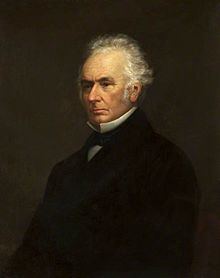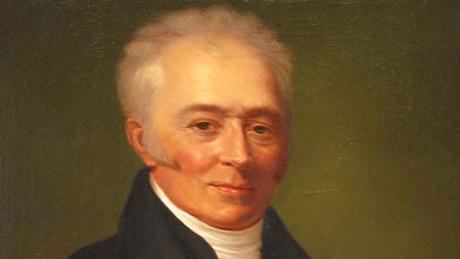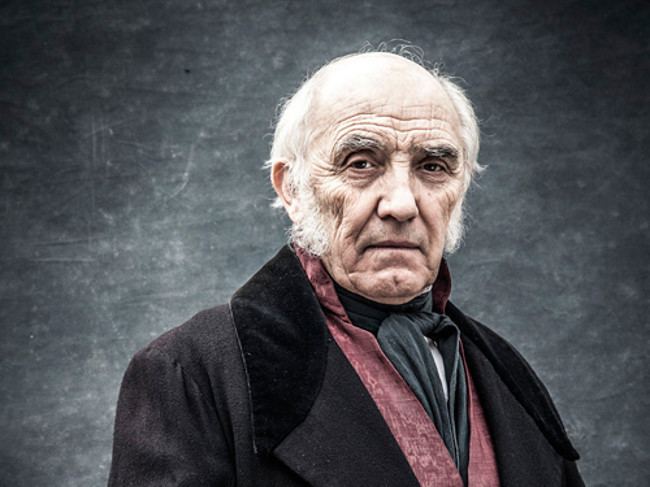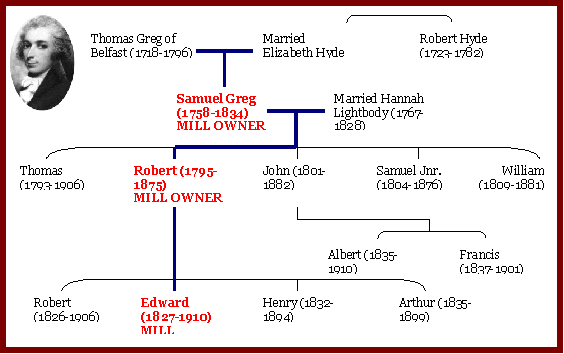Name Samuel Greg | Children Robert Hyde Greg | |
People also search for Robert Hyde Greg, William Rathbone Greg, Percy Greg, W. W. Greg | ||
Becoming europe samuel gregg acton institute
Samuel Greg (26 March 1758 – 4 June 1834) was a British entrepreneur and a pioneer of the factory system at Quarry Bank Mill.
Contents
- Becoming europe samuel gregg acton institute
- Acton university 2015 samuel gregg plenary address
- Family
- References

Greg was born in Belfast, then part of Ireland, the second son of a successful merchant. At the age of eight, he went to live with his maternal uncle, Robert Hyde, at Ardwick Hall, Manchester, in the heart of England. His uncles, Robert and Nathaniel, were linen merchants and, after completing his education at Harrow School, Samuel joined their business in 1778.

Robert Hyde's death in 1782; his brother's alcoholism rendered him incapable of running the business; Greg took over the enterprise. Seeing opportunities for manufacturing opened up by the Industrial Revolution, Greg founded Quarry Bank Mill, a cotton spinning mill in Styal on the bank of the River Bollin in Cheshire. Greg was quick to adopt innovations in the rapidly developing technologies of manufacturing and a partnership with Peter Ewart enabled him to exploit developments in water wheel and steam power.
Already a wealthy man, in 1789, he married Hannah Lightbody, a prominent Unitarian, and set up a family home at 35 King Street, Manchester. She born him six daughters and seven sons, among them Robert Hyde Greg, William Rathbone Greg and the younger Samuel Greg. In 1796, he built Quarry Bank House in Styal while retaining his town house. Greg was active in Manchester's cultural life as a member of the Manchester Literary and Philosophical Society, and he too was a Unitarian.

Greg built up a model village of modest but salubrious housing on the Styal estate, not for philanthropic reasons but as an essential element in his vision of the efficient factory system. After he married, his wife Hannah's religious and social views influenced his approach to the workers' welfare.

In 1832, Greg was attacked by a stag in the grounds of Quarry Bank Mill. The injury led to his retirement. By this time, Quarry Bank had become the largest spinning and weaving business in the United Kingdom. Greg never recovered from the attack and died two years later.

Acton university 2015 samuel gregg plenary address
Family

The Gregs had mills in Reddish, Calver, Bollington, Lancaster and Caton. In the Escowbeck Estate, in Caton they built their own observatory.

Of Hannah and Samuel's thirteen children Robert (1795–1875), John (1801–1882), Samuel Jr. (1804–1876) and William Rathbone (1809–1881) entered the business. Robert Hyde Greg was interested in astronomy and politics and was elected MP for Manchester in 1839. John was responsible for the Lancaster and Caton mills and eventually the Bollington mill. He was alderman and mayor of Lancaster. Samuel Jr. took charge of the Bollington mill and unsuccessfully experimented with profit sharing- disillusioned he became a preacher. William was responsible for Hudcar Mill in Bury and then took over the troubled Bollington Mill, retiring from the business in 1850 he became Controller of Her Majesty's Stationery Office, and an avid essayist and pamphleteer.
Elizabeth Greg (1790–1882) married William Rathbone V, of the Liverpool merchantile family. She founded the first public wash-houses in the United Kingdom in the wake of the 1832 Liverpool Cholera epidemic. Later she helped William Forster in formulating the 1870 Education Act.
